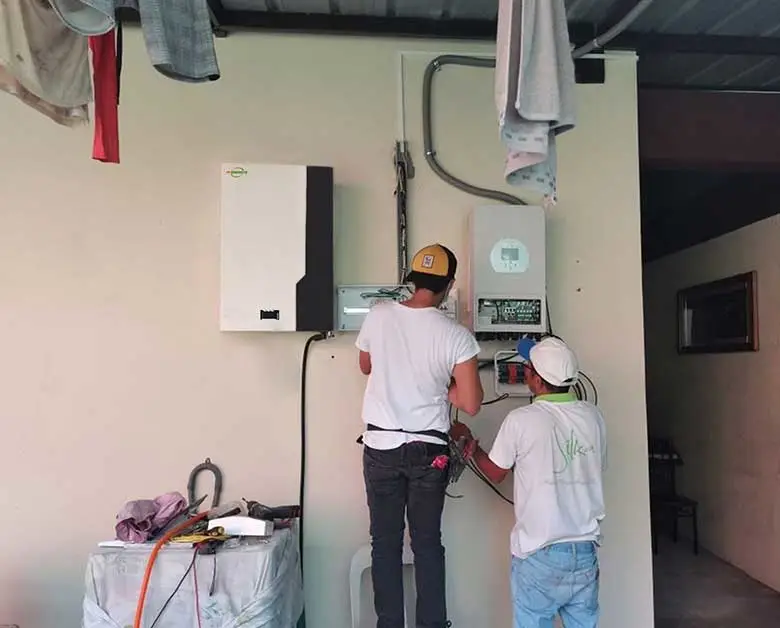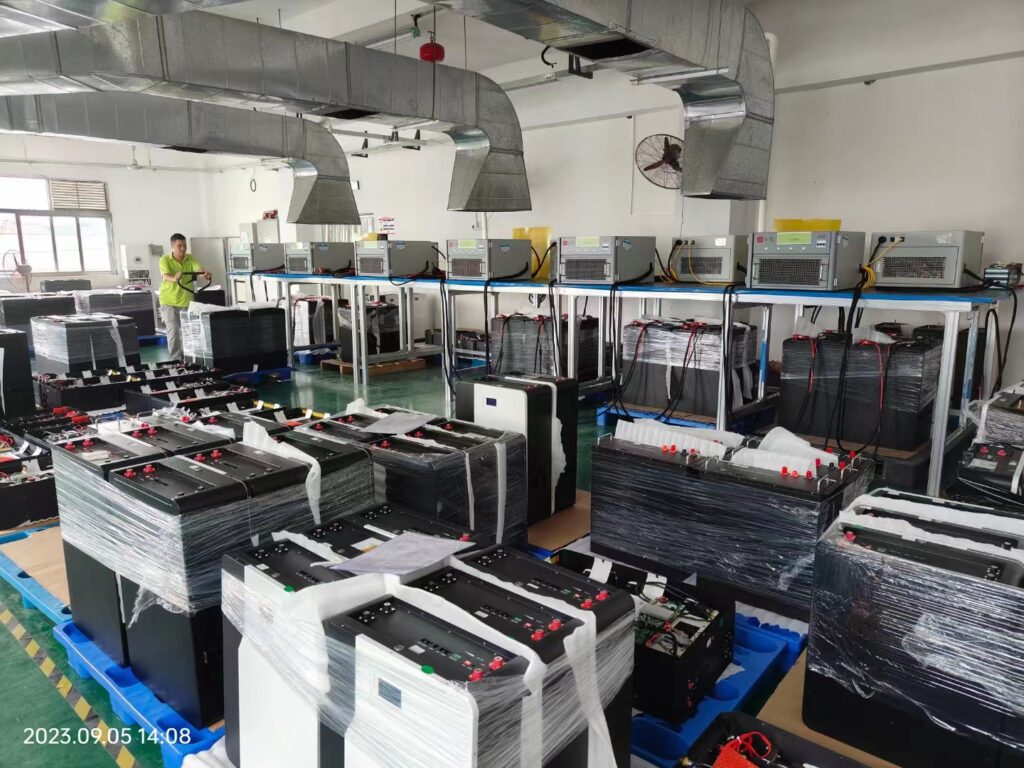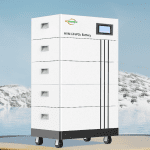In the news, we can see that some users have experienced safety accidents due to unsafe operations when using household Energy Storage Battery. Therefore, strategies to enhance the safety characteristics of household Energy Storage batteries are essential. In this guide, we provide users and consumers with recommendations on methods to strengthen the security capabilities of these crucial components.
Choosing the suitable household Energy Storage Battery and quality assurance
The choice of battery chemistry is critical to ensuring safety. Different battery technologies have other safety characteristics. Lithium iron phosphate (LFP) batteries are known for their intrinsic safety properties, including thermal stability and lower risk of thermal runaway than different lithium-ion chemistries. Choosing a reputable brand that uses high-quality materials in its LFP batteries can add an extra layer of safety. We want to select high-quality residential energy storage batteries from reputable manufacturers that have undergone rigorous testing to meet safety standards. Professional installation by a certified technician ensures the system is set up correctly, minimizing the risk of electrical failure or fire.
Best installation practices for household Energy Storage Battery
Implementing best installation practices for residential energy storage batteries will ensure maximum safety by selecting the appropriate location for the battery system, considering factors such as temperature, ventilation, and proximity to the living space. Avoid high-traffic areas and ensure proper clearance. Follow local building codes, electrical codes, and safety standards during installation. Provide adequate ventilation to dissipate heat generated during operation. Consider additional cooling measures, especially in warm climates, to maintain optimal temperature conditions for the battery. Follow the manufacturer’s recommendations for brackets and anchors to ensure the battery system is stable and securely mounted to prevent any risk of instability or structural problems.

Adopt an advanced battery management system to ensure a safety strategy
The primary function of a BMS is to monitor and control all aspects of household energy storage battery performance. It monitors parameters such as voltage, current, and temperature to prevent problems such as overcharging, overheating, or overcharging, which can compromise battery life and safety. In addition, advanced BMS technology uses complex algorithms and real-time data analysis to optimize energy storage and discharge. This increases the system’s overall efficiency, allowing users to maximize their stored energy and minimize waste.
Perform regular maintenance and monitoring to ensure safety features
Regular maintenance and monitoring of your household Energy Storage Battery is essential to ensure its safety and optimal performance. Maintenance includes routine inspection of the battery’s physical components and electrical connections. This includes checking for signs of wear, corrosion, or any abnormalities that may affect the battery’s functionality. Regularly tightening connections and cleaning terminals is essential to prevent resistance and ensure efficient energy transfer. Additionally, you can follow the manufacturer’s maintenance schedule and procedure guidelines. This may include routine inspections, battery capacity checks, and compliance with environmental operating conditions.

Develop fire and emergency response plans
For households with household Energy Storage Batteries, having a fire safety and emergency response plan can reduce the risk of an accident. Smoke detectors and fire extinguishers must be installed accurately, inspected regularly, and maintained to ensure they are effective in an emergency. Then, family members will educate themselves on the potential risks associated with energy storage systems and familiarize themselves with battery locations, emergency shutdown procedures, and escape routes. Clear communication and understanding of these aspects is critical in a safety incident.
Ultimately
Ensuring the safety of household Energy Storage Batteries requires a multifaceted approach, including battery selection, installation practices, advanced management systems, regular maintenance, and more. Only by implementing these strategies can homeowners confidently enjoy the benefits of energy storage while keeping their homes safe.










